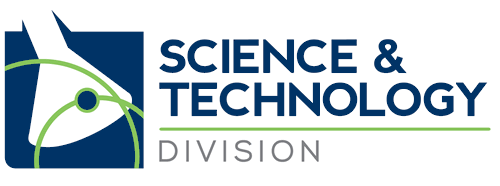1.2K
Most translators and interpreters, as well as everybody doing international business, know them well: high bank charges, sometimes coupled with exorbitant exchange fees, endless, complicated forms, long clearance times etc. Then there is the archaic way of paying via check. Given that this is the 21st century, one might think that there should be better, cheaper, faster ways for transferring money from person A to person B. There are, of course, Paypal and similar services, which however also involve non-negligible fees, and their newer relatives Apple Pay, Google Wallet, and the like. Neither of the aforementioned options is truly global. However, there are some new players on the global payment market: Bitcoin, or more generally, cryptocurrencies.
Aside from a somewhat “dark” reputation as a means to finance illegal activities, Bitcoin is surrounded by a certain shroud of mystery, since the common explanation of Bitcoin as a “peer-to-peer currency” is neither particularly transparent nor particularly descriptive. So, what IS Bitcoin? Carola F. Berger will elaborate on this question in her presentation ST-6 in the Science and Technology track on Saturday at 11:15 AM – 12:15 PM at ATA’s 56th conference in Miami. In the following you will find a short preview.
Why is it so complicated to transfer money electronically from account A to account B?
All monetary transactions involve the following steps:
- Check that the sender actually possesses the required amount of money.
- Deduct the amount to send from the sender’s account.
- Transmit the specified amount of money to the recipient.
- Update the recipient’s balance with the transmitted amount.
It is obvious that a cash transaction accomplishes this without problems through the exchange of (very special) sheets of paper or pieces of metal that represent a specific monetary value.
The electronic equivalent is necessarily more complex, since electronic transmissions always transfer only copies of files and since it is possible to transmit several copies (nearly) simultaneously. Electronic “cash” could therefore be copied and transmitted in arbitrary amounts, creating money out of nothing but electrons. Therefore, traditional electronic monetary transactions—such as ACH, wire transfer, PayPal, etc.—always involve one or more trusted intermediaries (and fees for the intermediaries’ services). The Bitcoin protocol, however, accomplishes electronic monetary transmissions WITHOUT such a trusted intermediary, by employing a peer-to-peer network and various cryptographic techniques—thus the term “cryptocurrency.”
The talk will explain the concept of peer-to-peer transactions and the Bitcoin protocol. It will become clear that the idea behind Bitcoin, the Bitcoin protocol, has the potential to disrupt several industries besides the banking sector. Therefore, venture capitalists are very interested in cryptocurrency R&D, because this disruptive technology can also be used for applications such as smart contracts or even completely decentralized elections. Unfortunately, while the disruptive potential of the idea behind cryptocurrencies is undisputed, the regulatory status of cryptocurrencies is still developing in most countries of the world. Therefore, it remains to be seen whether cryptocurrencies can really grow into a viable option for legal global monetary transactions.
The presentation will give a basic introduction into the aforementioned ideas and concepts such as the block chain, peer-to-peer transactions, cryptocurrency mining, etc. No advanced mathematical or cryptographical knowledge is needed. And there will be chocolate!
If you are unable to attend the talk, you are unfortunately going to miss out on the chocolate, but you can read a series of blog posts on the topic here:
- Bitcoin Part 1 – Byzantine generals and pseudonyms,or: What is Bitcoin?
- Bitcoin Part 2 – Bitcoin mining
- Bitcoin Part 3 – Hashes, public key cryptography “for dummies,” and the block chain
- Bitcoin Part 4 – Wallets, sending and receiving Bitcoin, faucets, exchanges
About the presenter:
Carola F. Berger is an ATA-certified English into German translator with a PhD in physics and a Master’s degree in engineering physics. She specializes in the translation of technical, scientific, and IT-related texts including patents, leveraging her scientific and engineering background from her previous research career. She is also an avid lifelong learner and recently completed an online course on digital currencies by the University of Nicosia, which earned her the distinction of being among the first holders of an academic certificate of any kind that was published on the block chain as proof of existence. In addition, she loves chocolate!



